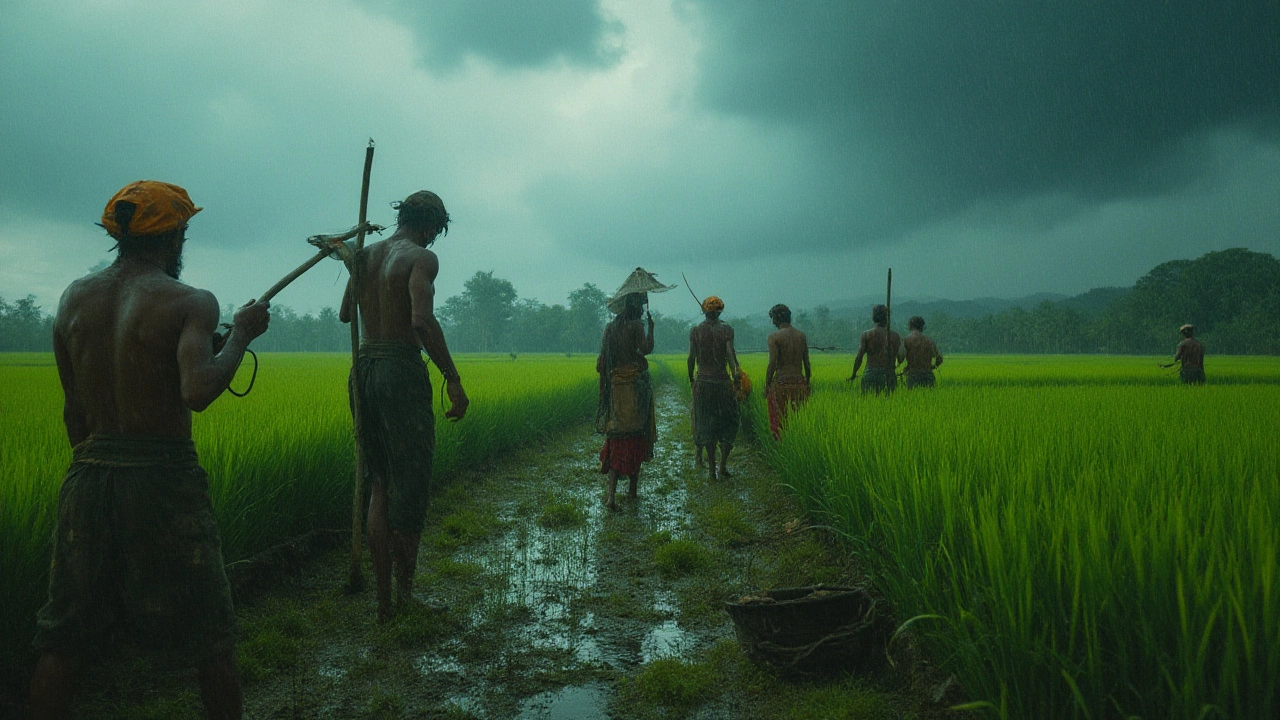Uncover the real risks of the rice business, from unpredictable weather to shifting market prices, and learn practical tips to protect your rice farming investment.
Rice Market in India: Prices, Trends, and What Farmers Need to Know
When you think of the rice market, the system where India’s rice is grown, bought, sold, and distributed across local and national channels. Also known as paddy market, it’s not just about grain—it’s about livelihoods, monsoons, government policies, and the daily cost of feeding a nation. Unlike flowers or herbs, rice doesn’t grow back on its own. It’s an annual crop, planted and harvested every season, which means the rice market reacts fast to weather, labor costs, and stock levels. If the monsoon delays, prices jump. If a state has a bumper harvest, prices drop. There’s no guessing game here—what happens in the fields directly shows up on your grocery bill.
The rice farming, the practice of cultivating rice in India’s varied climates, from Punjab’s irrigated fields to Assam’s flooded lowlands is deeply tied to water, soil, and timing. Farmers don’t plant rice just because they want to—they plant it because the market demands it, and because the government often guarantees a minimum price through MSP. But that guarantee doesn’t cover every farmer equally. Smallholders in Odisha or Chhattisgarh might sell directly to local traders, while larger farms in Andhra Pradesh ship to state warehouses. The rice supply chain, the network connecting farmers to mandis, mills, exporters, and consumers is long, messy, and full of middlemen. That’s why two farmers growing the same variety can end up with wildly different incomes.
What you won’t find in official reports is how much rice is lost between harvest and sale. Poor storage, damp warehouses, and lack of cold transport mean up to 15% of India’s rice spoils before it reaches the consumer. Meanwhile, the rice crop cycle, the seasonal rhythm of sowing, growing, and harvesting rice across India’s different zones keeps shifting. With rising temperatures and erratic rains, farmers are planting earlier, switching varieties, or even skipping a season. The market doesn’t wait for perfect conditions—it moves on price signals alone.
And yet, there’s opportunity. Farmers who track weekly mandi prices, use government apps for real-time updates, or join cooperatives to bypass middlemen are seeing better returns. Those who grow basmati in Punjab or black rice in Manipur know their crop has niche value. The rice market isn’t just about volume—it’s about quality, timing, and knowing where your grain ends up.
Below, you’ll find real posts from farmers and gardeners who’ve dealt with these issues firsthand—from how rice behaves as a crop to what happens after harvest. No fluff. Just what works, what doesn’t, and why.
